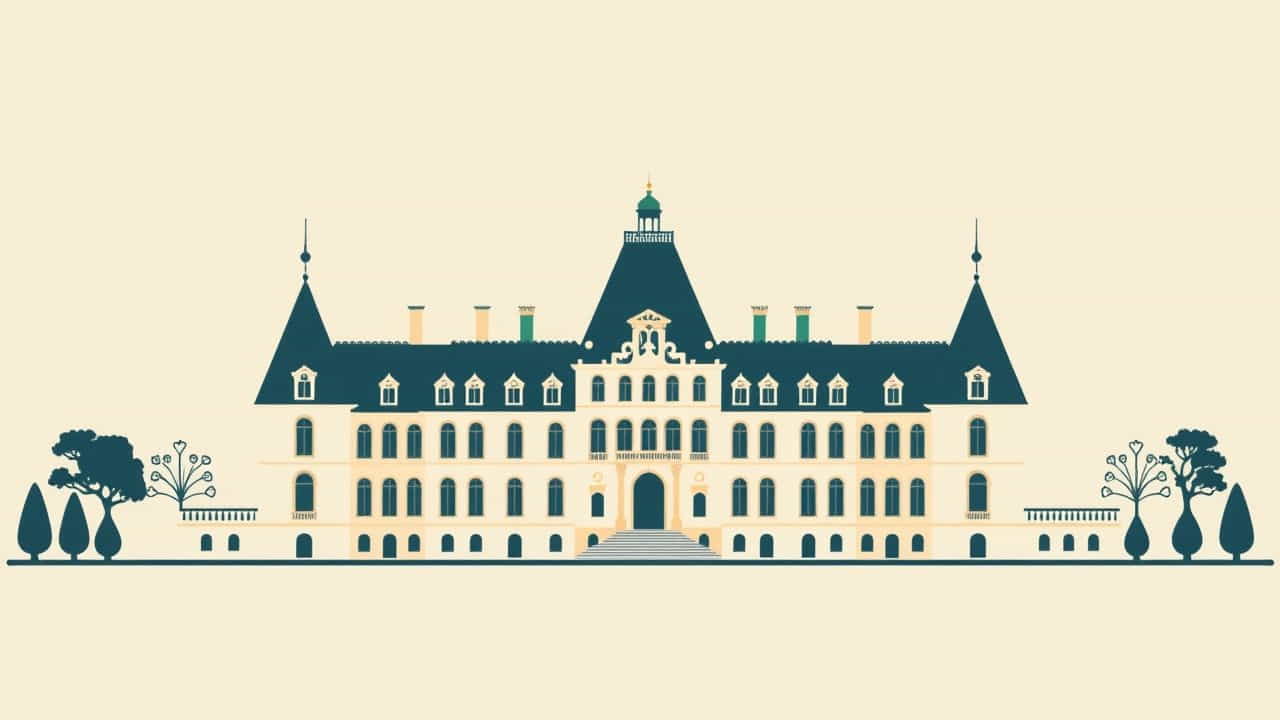A palatial home is a luxurious and grand residence designed to reflect wealth, status, and sophistication. The term palatial” is derived from the word “palace,” meaning that these homes often feature majestic architecture, expansive interiors, and high-end amenities.Throughout history, royalty, aristocrats, and wealthy individuals have built palatial homes to showcase their power and influence. Today, modern palatial homes incorporate classic elegance with contemporary luxury, offering unparalleled comfort and style.
This topic explores the characteristics, history, and modern examples of palatial homes.
Defining a Palatial Home
A palatial home is not just a large house it is a statement of prestige and elegance. These residences often have:
-
Expansive square footage (usually over 10,000 sq. ft.).
-
Luxury materials like marble, gold leaf, and crystal.
-
High ceilings and grand entrances.
-
Lavish gardens, fountains, and courtyards.
-
Multiple wings and spacious interiors.
These features make palatial homes resemble royal palaces while providing modern luxury and convenience.
Key Features of a Palatial Home
1. Grand Architecture
Palatial homes often incorporate architectural elements from classical, baroque, or modern styles. Some common features include:
-
Majestic columns reminiscent of Greek and Roman architecture.
-
Arched doorways and grand staircases.
-
Elaborate facades with intricate detailing.
-
Dome ceilings and chandeliers that add an air of opulence.
These elements contribute to the stunning visual appeal of a palatial residence.
2. Luxurious Interior Design
The interiors of a palatial home are designed with elegance and comfort in mind. Key design features include:
-
Marble or hardwood flooring for a timeless look.
-
Gold accents and custom moldings.
-
Hand-painted ceilings and murals.
-
Designer furniture and high-end textiles.
Every detail is carefully curated to reflect exclusivity and luxury.
3. Expansive Living Spaces
Palatial homes typically include:
-
Multiple bedrooms and suites with private balconies.
-
Grand dining halls that can host large gatherings.
-
Lavish living rooms with fireplaces and panoramic views.
-
Private libraries, theaters, and game rooms for entertainment.
These homes are designed to provide comfort, functionality, and grandeur.
4. Resort-Like Amenities
Modern palatial homes come with state-of-the-art amenities, such as:
-
Infinity pools and private spas.
-
Personal gyms and sports courts.
-
Wine cellars and gourmet kitchens.
-
Home automation systems for ultimate convenience.
These features transform palatial homes into self-contained luxury retreats.
5. Stunning Outdoor Spaces
The landscaping of a palatial home is as important as its interiors. Many feature:
-
Lush gardens with fountains.
-
Expansive terraces and patios.
-
Private lakes or beachfront access.
-
Statues and sculpted hedges reminiscent of royal estates.
These outdoor elements enhance the majestic appeal of the property.
The History of Palatial Homes
Ancient and Royal Palaces
Palatial homes have existed for centuries, often built for kings, emperors, and nobility. Some famous historical examples include:
-
Versailles Palace (France) – A symbol of opulence and power.
-
Buckingham Palace (UK) – The official residence of the British monarch.
-
Taj Mahal (India) – Originally a royal mausoleum, now an architectural masterpiece.
These structures set the standard for grandeur and luxury in residential architecture.
Modern-Day Palatial Homes
Today, wealthy individuals, celebrities, and business moguls build modern palatial homes that combine:
-
Classic elegance with contemporary design.
-
Advanced technology for security and automation.
-
Sustainability features, such as solar panels and eco-friendly materials.
These homes reflect the evolution of luxury living in the 21st century.
Famous Palatial Homes Around the World
1. The Biltmore Estate (USA)
One of the largest privately-owned homes in America, featuring 250 rooms, a massive garden, and French Renaissance architecture.
2. Antilia (India)
Owned by billionaire Mukesh Ambani, this 27-story mansion includes a private theater, multiple swimming pools, and a helipad.
3. The Hearst Castle (USA)
A historic estate with Mediterranean Revival architecture, gold-plated pools, and extravagant interiors.
4. The Villa Leopolda (France)
A stunning Riviera estate with lavish gardens, a private beach, and breathtaking views of the Mediterranean.
These homes showcase extravagance on a grand scale.
Who Can Own a Palatial Home?
Palatial homes are typically owned by:
-
Royal families and aristocrats.
-
Billionaires and business tycoons.
-
Hollywood celebrities and athletes.
-
Tech moguls and real estate investors.
While these properties are out of reach for most people, they serve as inspirations for luxury living.
A palatial home is more than just a large house it is a symbol of wealth, prestige, and architectural brilliance. With grand designs, opulent interiors, and world-class amenities, these residences continue to captivate people worldwide.
Whether inspired by historic palaces or modern estates, palatial homes represent the pinnacle of luxury living.
“
